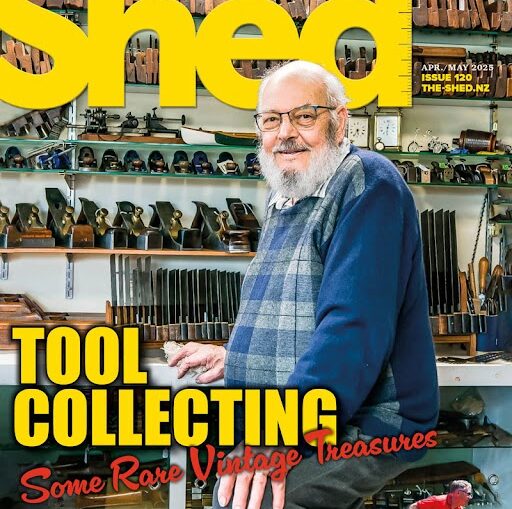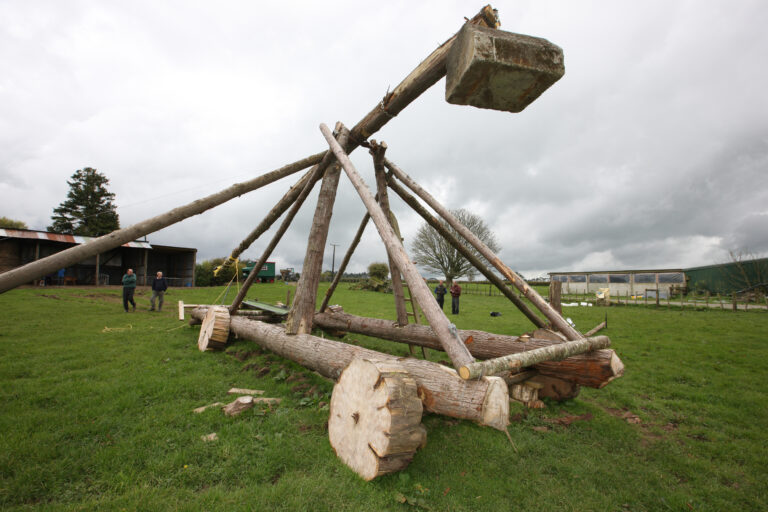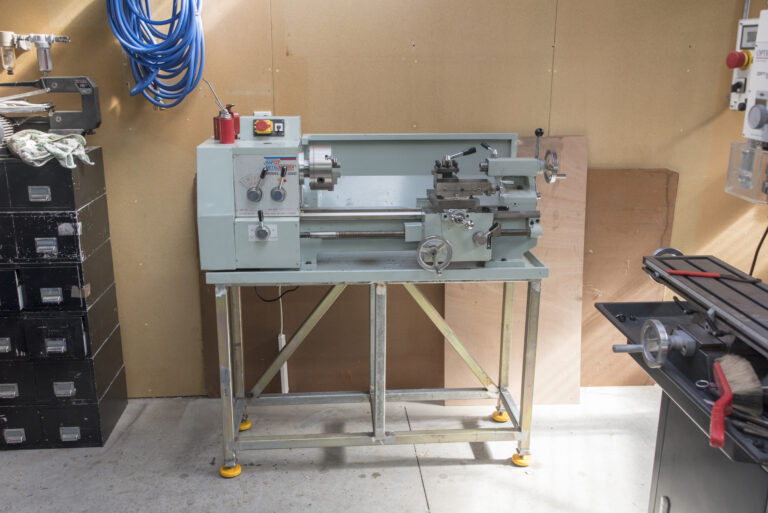Like the look of engraving but feel you can’t cut it? The basics are not too difficult
By Richard Purcell
Most engraving is composed of a few basic strokes that, combined in a design, can produce a very pleasing work of great depth and complexity. The basics of engraving are not too difficult and can be mastered with perseverance. However, as with anything, it takes practice to achieve true dexterity and ability. There is nothing more beautiful, timeless, exacting or lasting than a craftsman’s engraving. The best way to begin is to give it a go.
Vice
What sort of tools do you need? First you need an engraver’s ball vice to hold the work. It looks like a metal ball made so that the top half with a vice built in rotates on the bottom half. The vice can be moved by hand in any direction, presenting the work to be engraved in the correct position at all times.
A cheaper alternative is a discus-shaped pad made of leather, filled with shot or sand and mounted on a revolving table; not perfect, but sufficiently useful to get started. You can buy all of these tools from a good jewellery equipment shop, or you may find some in an art supply shop.
Engraver’s ball vice.
Gravers
You will need a variety of gravers which are made of short lengths of high-quality tool steel. It is possible to buy old sets of gravers from Trade-Me or other second-hand sites and occasionally you will find them in junk shops.
If you buy new tools, you will find they are usually too long and must be shortened. Given the hard, brittle nature of the metal, this is not too difficult. You simply fix the tool in a vice to the correct length and give it a sharp blow with a hammer.
Richard working on a leather pad
Profile of a graver- a very large graver shows the shape
The usual size of a graver. The top has been ground away to speed sharpening
Sharpening
To do their job, gravers must be precision-sharpened. You will have to sharpen the tip many times; to speed up this process, it is helpful to grind away a small section of the tip surface before each sharpening.
The face angle of the graver is usually 45º and this can be created on a grinding wheel. Take care to preserve the hardness of the steel by quenching it regularly and finish the sharpening on finer stones until the face has a polished look. Diamond hones are a good alternative to Arkansas or oilstones. It is traditional to remove the burr on a graver by jamming it into a block of wood.
It is wise for a beginner to use a tool-holder such as a chisel or plane-sharpening guide to maintain a consistent angle on the face. After sharpening the graver on the stone and removing the burr, give the face a final polish on fine (600 grit) sand paper or a fine diamond hone. The face should have a polished look and you should be able to judge the sharpness by the fingernail test. When you slide the tip against your fingernail, the point should catch and not slide.
Sharpening the tool on a diamond plate
Starting
Now that you have all the tools, I would advise you to start by cutting the softer metals: pewter, copper and aluminium. To help with the engraving I use some oil, putting a few drops of mineral oil on a small piece of cloth. Sewing machine or cycle oil will do. Every now and again, I place the tip of the graver onto this cloth. This action imparts a small amount of oil onto the graver which helps with the cutting action. Aluminium will certainly need some. Different metals have individual properties when it comes to being cut by the graver even different alloys of the same metal can have an individual “feel”. Some will cut easily and others such as stainless steel will require a hammer to drive the graver.
Now to the important bit – engraving. The work with the design drawn on it is secured in the jaws of the ball vice. The graver is held in the hand in a way that is similar to holding an awl. The thumb rests on the plate that you are engraving and the rest of the hand grips the graver handle.
Now push the point of the graver into the metal lightly, by raising the graver to a perpendicular position. This will cause the point to just penetrate the surface of the metal, ideally to a depth of about a business card, or approximately 0.2mm. Then lower the graver back to around 20-30 degrees above the horizontal. Place your thumb on the metal plate as a guide and as a support which will help to prevent slippage. Do not dig further in but try to hold the graver so that it will glide along just under the surface of the metal.
Getting started cutting the parallel lines. Note the position of the thumb and angle of the graver
To cut curves, the work is rotated towards the cutter
Movement
You will find you will advance about a centimetre, have to move your thumb forward about the same amount, then push some more with the graver, and so on, until you reach the end of the line. Flick the graver out of the cut at the end. If there is a scroll of metal that has come from the cut, it will detach itself
To begin, I suggest you draw two parallel lines about 2cm apart and cut both as I have described, then cut from one line to the other. Try to make the cross-lines very close to each other and at right-angles to the long lines.
After you have sorted that out, try cutting lines again from one side to the other but this time curve the lines in the form of an arc. Again, cut each line as close to the previous line as possible. Practise, practise, practise – there is no short cut to gaining experience; you have to do the hard graft.
Once you can do a decent cut without wandering all over the place and spearing your other hand, try applying some art shop stick-on letters or designs to the metal. Follow the design with your cutter and then rub off the transfer. You will be surprised at how good it looks.
Experiment with various engraving tools to get the effect that you are looking for. Once you have mastered the basics and can see some results for your efforts, it will inspire you to look further to improve your work. Try engraving your signature on the plate; draw it first in pencil and then engrave.
The metal should peel off as here. At the end of the stroke give the graver a flick to dislodge the swarf
Cutting the background area with a wiggle cut
Next stage
The next stage is to engrave while rotating the ball vice with your free hand that is not holding the graver. This gives you the means to put power into your cuts. If you are cutting a semi-circle you will find that as you cut around the bend, you slightly roll the graver out towards the outer edge of the cut.
One edge of the cut will be broader than the other and if the graver has a sharp polished edge the cut will shine. Imagine the way a car leans over to the outside of the curve when you drive around a bend. That is what you are trying to do with the graver.
Cutting the lines is only part of the story. The background of the piece helps to lift the incised parts by providing a contrasting surface to the shiny relief areas. There are a variety of things that can be done to a background to give it contrast including cutting the background away like chip-carving in wood.
The most popular cut is the wriggle cut, made by simply holding the tool at a steep angle to the work and rocking the graver side to side and “walking” it over the background. This breaks up the background, scattering the light to create a texture against which the shinier, raised area can contrast.
Some examples of recent work



